Home>Garden Essentials>When To Plant Grass Seed In Massachusetts Spring
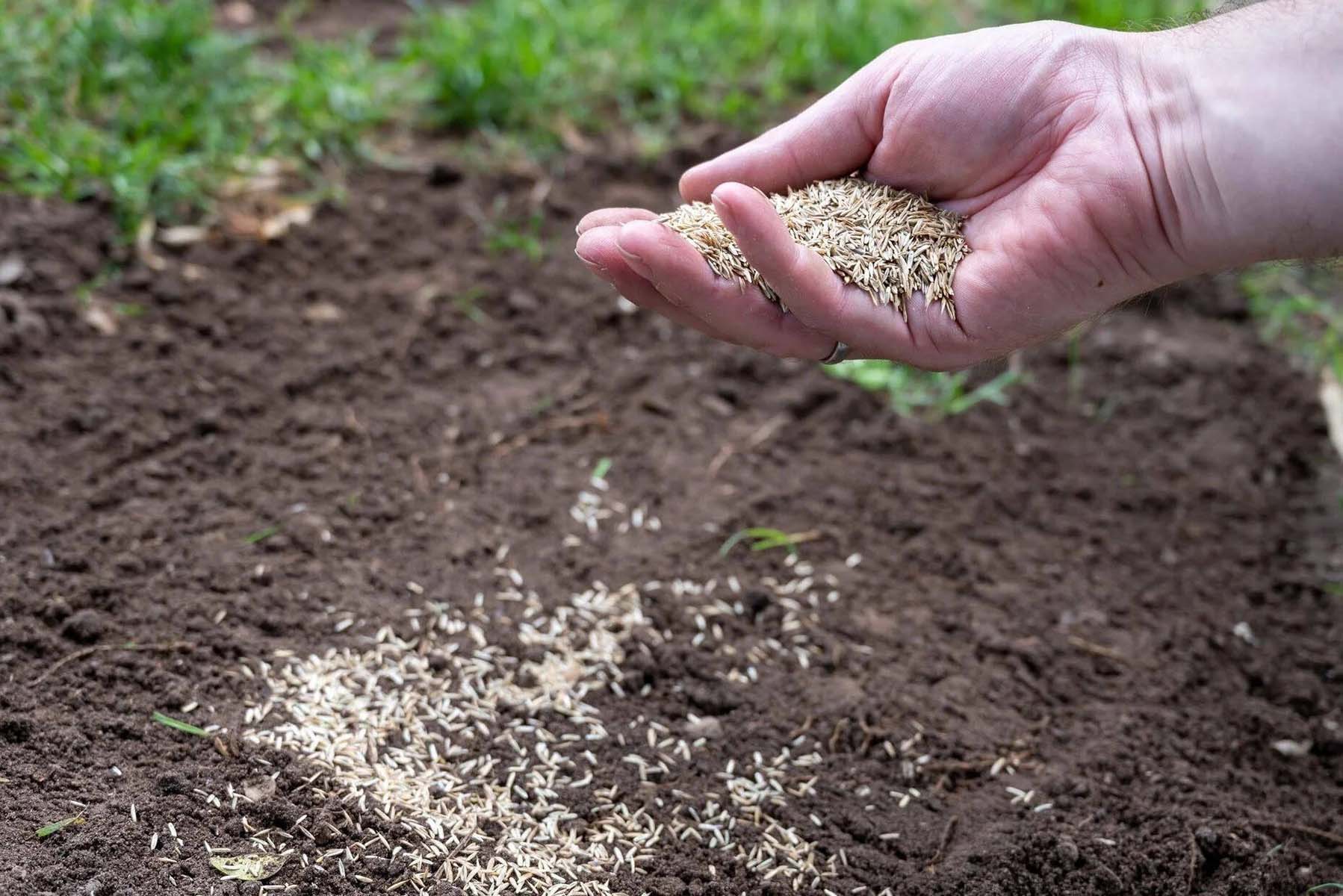

Garden Essentials
When To Plant Grass Seed In Massachusetts Spring
Modified: October 18, 2024
Find out the best time to plant grass seed in your Massachusetts garden during the spring season. Expert tips and advice for a luscious green lawn.
(Many of the links in this article redirect to a specific reviewed product. Your purchase of these products through affiliate links helps to generate commission for Storables.com, at no extra cost. Learn more)
Introduction
Welcome to the beautiful world of gardening in Massachusetts! If you’re a proud homeowner or a gardening enthusiast in the Bay State, you know that creating and maintaining a lush, green lawn is a top priority. One of the key aspects of achieving a vibrant and healthy lawn is planting grass seed at the right time.
Massachusetts is known for its diverse climate, which means that the timing for planting grass seed can vary. However, spring is generally considered the ideal season to establish a new lawn or overseed existing ones. This article will guide you through the factors to consider, the best time to plant, soil preparation, grass seed selection, planting and care methods, as well as common mistakes to avoid.
By following these guidelines, you can increase the chances of a successful lawn establishment, leading to a lush and vibrant outdoor space for you and your family to enjoy.
Key Takeaways:
- Plant grass seed in Massachusetts during early spring for optimal growth. Consider factors like temperature, soil moisture, and grass type to ensure a healthy and vibrant lawn.
- Avoid common mistakes like improper timing and neglecting soil preparation when planting grass seed. Proper care and maintenance lead to a lush, weed-free, and resilient lawn.
Read more: When To Plant Grass In Massachusetts
Factors to Consider for Planting Grass Seed in Massachusetts Spring
When it comes to planting grass seed in Massachusetts during the spring season, several factors need to be taken into consideration. These factors play a crucial role in ensuring the success of your lawn establishment. Here are some key factors you should keep in mind:
Temperature: Massachusetts has a varied climate, with regions experiencing different temperature patterns. It’s important to monitor the temperature and understand the ideal conditions for grass seed germination. Generally, spring temperatures between 60°F and 75°F create optimal conditions for seed establishment.
Soil Moisture: The moisture content of the soil is critical for seed germination and early growth. It’s important to ensure that the soil is neither too dry nor too wet before planting grass seed. If the soil is too wet, it may hinder germination, while excessively dry soil can prevent proper root development.
Daylight Hours: The length of daylight hours in spring plays a significant role in the growth and development of grass seed. Longer daylight hours provide more energy for photosynthesis, leading to faster growth and establishment of the grass.
Weed Pressure: Spring is also the time of year when weeds begin to emerge and compete with newly planted grass seed for nutrients, water, and sunlight. It’s crucial to assess the weed pressure in your lawn and take appropriate measures to control and prevent weed growth during the grass seed establishment period.
Grass Type: Another important factor to consider is selecting the right type of grass for your lawn. Massachusetts is located in the Transition Zone, which means both cool-season and warm-season grasses can thrive. Cool-season grasses like Kentucky bluegrass, perennial ryegrass, and tall fescue are commonly used in Massachusetts lawns for their ability to withstand the region’s fluctuating weather conditions.
By carefully considering these factors, you can ensure that your grass seed has the best chance of establishing a healthy and beautiful lawn in Massachusetts during the spring season.
Ideal Timing for Planting Grass Seed in Massachusetts
Timing is crucial when it comes to planting grass seed in Massachusetts. The ideal timeframe for seed establishment may vary slightly depending on the specific region within the state. However, spring is generally considered the best season for planting grass seed in Massachusetts.
The optimal time to plant grass seed in Massachusetts is during the early spring months, when the soil temperature starts to rise and consistently stays above 50°F. This usually occurs between late April and early May.
By planting grass seed during this period, you take advantage of the optimal soil conditions for germination and establishment. The combination of warmer soil temperatures, increased daylight hours, and milder weather provides an ideal environment for grass seed to grow and thrive.
It’s important to note that timing may vary depending on the specific grass species you choose to plant. Cool-season grasses, such as Kentucky bluegrass and perennial ryegrass, perform best when planted in the early spring. These grasses have a better chance of establishing strong root systems before the heat of summer arrives.
If you miss the early spring window, planting grass seed in late summer or early fall is also a viable option for Massachusetts lawns. This timing allows the grass to establish and develop during the cooler temperatures of autumn, giving it a head start for next year’s growing season.
Regardless of the exact timing, it’s essential to monitor weather conditions and soil moisture levels before planting grass seed. Avoid planting when the soil is overly wet or when heavy rain is expected, as this can lead to poor germination and uneven growth.
Remember, proper timing is key to maximizing the success of your lawn establishment. Be sure to consult local resources or gardening experts for more specific timing recommendations based on your location within Massachusetts.
Preparing the Soil for Grass Seed Planting
Before planting grass seed in Massachusetts, it’s crucial to prepare the soil properly to create a favorable environment for seed germination and establishment. Here are essential steps to follow when preparing the soil:
1. Clear the area: Start by removing any existing vegetation, rocks, or debris from the planting area. This will help provide a clean and even surface for the grass seed to establish.
2. Test the soil: Conduct a soil test to assess its pH level and nutrient content. Soil testing kits are readily available at garden centers or through cooperative extension services. Based on the results, adjust the soil pH if necessary to create optimal conditions for grass seed growth.
3. Loosen the soil: Use a garden tiller, rake, or hand tools to loosen the top 4-6 inches of soil. This will improve drainage, root penetration, and seed-to-soil contact, ensuring better germination and establishment.
4. Remove weeds: Carefully remove any persistent weeds, especially perennial weeds with deep root systems. This prevents competition for resources and ensures that the grass seedlings have the best chance to thrive.
5. Amend the soil: Depending on the results of the soil test, you may need to amend the soil with organic matter, such as compost or well-rotted manure. Incorporating organic matter improves soil structure, fertility, and nutrient holding capacity, providing a solid foundation for healthy growth.
6. Level the surface: Use a rake or leveling tool to create a smooth and level surface. This helps prevent water pooling and promotes even growth across the lawn.
7. Compact the soil: Gently compact the soil by walking over the area or using a lawn roller. This helps ensure good seed-to-soil contact, allowing the grass seed to absorb moisture and nutrients from the soil more effectively.
8. Water the soil: Before seeding, thoroughly water the soil to ensure it is evenly moist. This provides a suitable environment for the grass seed to germinate and establish root systems.
By following these steps, you’ll create an optimal soil environment that promotes successful grass seed germination and establishment. Proper soil preparation sets the stage for a healthy and vibrant lawn in Massachusetts.
Selecting the Right Grass Seed for Massachusetts Spring
Choosing the right grass seed for Massachusetts in the spring is crucial for achieving a lush, resilient, and thriving lawn. Here are some important factors to consider when selecting the right grass seed:
1. Climate Adaptability: Massachusetts experiences a range of temperatures and weather conditions. It’s important to choose grass seed varieties that are well-suited to the climate in your specific region. Cool-season grasses, such as Kentucky bluegrass, perennial ryegrass, and tall fescue, are popular choices for Massachusetts due to their ability to tolerate the state’s fluctuating weather.
2. Light and Shade Tolerance: Assess the amount of sunlight your lawn receives throughout the day. If your lawn is exposed to partial or full shade, select grass seed varieties that have good shade tolerance, such as fine fescues or shade-tolerant varieties of Kentucky bluegrass.
3. Traffic Tolerance: Consider the level of foot traffic your lawn receives. If you have children, pets, or expect heavy use, choose grass seed with superior traffic tolerance, such as turf-type tall fescue or a blend that includes wear-resistant cultivars.
4. Disease and Pest Resistance: Different grass seed varieties vary in their resistance to common lawn diseases and pests. Research and select grass seed that has good resistance to diseases prevalent in Massachusetts, such as brown patch or dollar spot, to minimize the risk of damage to your lawn.
5. Drought Tolerance: In Massachusetts, periods of drought can occur. Consider choosing drought-tolerant grass seed varieties that require less water and can stay green during dry spells, such as certain varieties of tall fescue or fine fescue.
6. Seed Quality: Ensure you select high-quality grass seed from reputable brands or suppliers. Look for certified or professionally blended seed mixes that offer a good balance of grass varieties and germination rates to maximize your chances of success.
7. Budget and Maintenance: Consider your budget and maintenance preferences when selecting grass seed. Some grass varieties may require more frequent mowing, fertilization, or watering, which can impact your overall lawn care costs and efforts.
By carefully considering these factors, you can select the right grass seed for your lawn in Massachusetts. If you’re unsure about the best choice, consult with local gardening experts or extension services for recommendations tailored to your specific region.
The best time to plant grass seed in Massachusetts is in the early spring, around mid-April to mid-May. This allows the seed to establish before the hot summer months. Make sure to prepare the soil properly and keep it well-watered for successful germination.
Read more: When To Plant Grass Seed In Massachusetts
Steps for Planting and Caring for Grass Seed in Massachusetts
Planting and caring for grass seed in Massachusetts is a process that requires careful attention to detail. By following these steps, you can increase the chances of successful seed germination and establish a healthy, vibrant lawn:
1. Prepare the Soil: Start by preparing the soil as mentioned earlier. Clear the area of debris, test and amend the soil if needed, and level the surface for an even seedbed.
2. Select the Right Grass Seed: Choose a high-quality grass seed blend suitable for Massachusetts’ climate, sunlight exposure, and traffic levels. Follow the recommended seeding rate for the seed type you have chosen.
3. Seed Distribution: Spread the grass seed evenly across the prepared soil. You can use a seed spreader for larger areas or scatter the seed by hand for smaller areas. Aim for a uniform coverage to avoid patchy growth.
4. Rake and Press the Seed: Lightly rake the soil after seeding to ensure good seed-to-soil contact. This helps the seed absorb moisture and nutrients from the soil. Gently press the seed into the soil with the back of a rake or a lawn roller to improve contact.
5. Watering: After seeding, water the area thoroughly, keeping the soil moist but not waterlogged. Initially, water lightly and frequently to prevent the seed from drying out. As the grass seedlings emerge, gradually reduce the frequency but increase the amount of water to encourage deep root growth.
6. Mowing: Once the grass seedlings reach a height of about 3-4 inches, it’s time for the first mow. Set the mower to a higher cutting height to avoid scalping and remove no more than one-third of the grass height. Regular mowing helps promote healthy growth and prevents the grass from becoming too tall and weak.
7. Fertilizing: After the grass seed has germinated and established, apply a slow-release fertilizer to provide essential nutrients for growth. Follow the manufacturer’s instructions for application rates and timing throughout the growing season.
8. Weed Control: As your grass seed begins to grow, be vigilant about weed control. Use appropriate methods, such as hand-pulling or spot-treatment with herbicides, to prevent weeds from competing with the grass seedlings for nutrients and water.
9. Regular Maintenance: Regularly maintain your lawn by providing adequate water, mowing to a proper height, and addressing any pest or disease issues promptly. A consistent and proper maintenance routine will help your grass seedlings grow into a healthy and beautiful lawn.
By following these steps and providing consistent care, you can establish a vibrant and resilient lawn in Massachusetts. Remember, patience and dedication are key as grass seed establishment takes time, but the end result will be a lush and enjoyable outdoor space.
Common Mistakes to Avoid when Planting Grass Seed in Massachusetts
Planting grass seed in Massachusetts requires careful attention to detail to ensure successful establishment. Here are some common mistakes to avoid when planting grass seed to increase the chances of a healthy, thriving lawn:
1. Planting at the wrong time: Timing is critical when it comes to planting grass seed. Avoid planting too early when the soil is still cold or too late in the season when temperatures are too high. Follow the recommended planting time for your specific region in Massachusetts.
2. Over or under-seeding: Improper seeding rates can lead to uneven growth and a patchy lawn. Read the instructions on the grass seed packaging and follow the recommended seeding rate to achieve a uniform coverage and optimal growth.
3. Neglecting soil preparation: Skipping or inadequately preparing the soil can hinder seed germination and impede healthy growth. Take the time to clear the area of debris, test and amend the soil if needed, and create a level seedbed for optimal seed-to-soil contact.
4. Watering incorrectly: Over or under-watering can have detrimental effects on seed germination and establishment. Ensure the soil remains consistently moist, but not waterlogged, during the initial growth phase. Gradually adjust the watering schedule as the grass seedlings develop.
5. Mowing too early or too short: Avoid mowing the grass seedlings too early, as this can uproot or damage the delicate sprouts. Additionally, cutting the grass too short can weaken the root system and make the lawn more susceptible to weeds. Wait until the grass is at a recommended height before the first mow and set your mower to a higher cutting height.
6. Using the wrong grass seed variety: Massachusetts has varying climate conditions, so it’s crucial to select grass seed varieties that are well-adapted to the local climate and sunlight exposure. Choosing the wrong grass type can result in poor growth and a less resilient lawn.
7. Ignoring weed control: Weeds can quickly invade newly seeded areas and compete with the grass seedlings for nutrients and sunlight. Implement a weed control plan before and after seeding to prevent weed growth and protect the grass seedlings.
8. Neglecting proper maintenance: Consistent maintenance is key to a healthy lawn. This includes regular watering, appropriate fertilization, timely mowing, and addressing any pest or disease issues. Neglecting proper maintenance can result in weak and unhealthy grass growth.
Avoiding these common mistakes will significantly increase the chances of successful grass seed establishment in Massachusetts. Remember to follow best practices, be patient, and provide proper care for your lawn to enjoy a lush and beautiful outdoor space.
Benefits of Planting Grass Seed in Massachusetts Spring
Planting grass seed in Massachusetts during the spring season offers several benefits that contribute to the establishment of a healthy and beautiful lawn. Here are some key advantages of planting grass seed in Massachusetts spring:
1. Optimal Growing Conditions: Spring provides a favorable climate for grass seed germination and growth. The warmer soil temperatures, increased daylight hours, and milder weather create an ideal environment for seed establishment. Grass seed planted in spring takes advantage of these optimal conditions, leading to better and faster growth.
2. Early Root Development: Planting grass seed in spring allows ample time for the seedlings to develop strong root systems before the heat of summer arrives. By establishing robust roots early on, the grass becomes more resilient and better equipped to handle the challenges of the upcoming seasons.
3. Weed Suppression: Spring planting helps suppress weed growth. When grass seed is planted and meticulously cared for, it fills in the bare spots in the lawn, leaving less space for weeds to take root. The dense and healthy grass will naturally outcompete weeds, leading to a weed-free and lush lawn.
4. Erosion Control: With the increased rainfall common in spring, newly planted grass seed aids in erosion control. The germinating seed and growing grass act as a natural barrier, preventing soil erosion and stabilizing the ground. This is particularly important for sloped areas or areas prone to runoff.
5. Improved Air Quality: Grass plays a vital role in reducing air pollution and improving air quality. Planting grass seed in spring contributes to the growth of a healthy lawn, which absorbs carbon dioxide and releases oxygen. A well-maintained lawn can significantly enhance the air quality around your property.
6. Enhanced Aesthetics: Planting grass seed in spring allows you to establish a lush and vibrant lawn in time for the summer months when you want to spend more time outdoors. The bright green color and dense coverage enhance the aesthetics of your property, providing a visually appealing and inviting space.
7. Increased Property Value: A well-maintained lawn not only enhances the beauty of your property but also boosts its value. A healthy and thriving lawn can create curb appeal and make a positive first impression on potential buyers, should you decide to sell your home in the future.
By planting grass seed in Massachusetts spring, you can take advantage of the optimal growing conditions, improve the appearance of your property, and enjoy the benefits of a healthy and beautiful lawn. So, roll up your sleeves, get out in the garden, and prepare for a season of lush green growth!
Conclusion
Planting grass seed in Massachusetts during the spring season is an essential step toward creating a vibrant, healthy, and visually appealing lawn. By considering factors such as temperature, soil moisture, daylight hours, and grass type, you can determine the ideal timing for planting. Proper soil preparation, selecting the right grass seed varieties, and following the recommended steps for planting and care are crucial for successful establishment.
Avoiding common mistakes, such as improper timing, incorrect seeding rates, neglecting soil preparation, over or under-watering, and inadequate maintenance, will contribute to the overall health and longevity of your lawn. By taking the time to sow grass seed and provide proper care, you can enjoy the benefits of a lush, weed-free, and resilient lawn throughout the seasons.
Planting grass seed in Massachusetts spring provides optimal growing conditions, early root development, weed suppression, erosion control, improved air quality, enhanced aesthetics, and increased property value. Whether you’re creating a new lawn or overseeding existing areas, investing time and effort in planting grass seed will yield rewarding results.
Remember, gardening is both an art and a science, and finding the balance between proper techniques and personal creativity will help you achieve the lawn of your dreams. So, put on your gardening gloves, grab your seed bag, and get ready to transform your outdoor space into a beautiful oasis of greenery.
Happy planting and enjoy the journey to a lush and healthy lawn!
Frequently Asked Questions about When To Plant Grass Seed In Massachusetts Spring
Was this page helpful?
At Storables.com, we guarantee accurate and reliable information. Our content, validated by Expert Board Contributors, is crafted following stringent Editorial Policies. We're committed to providing you with well-researched, expert-backed insights for all your informational needs.

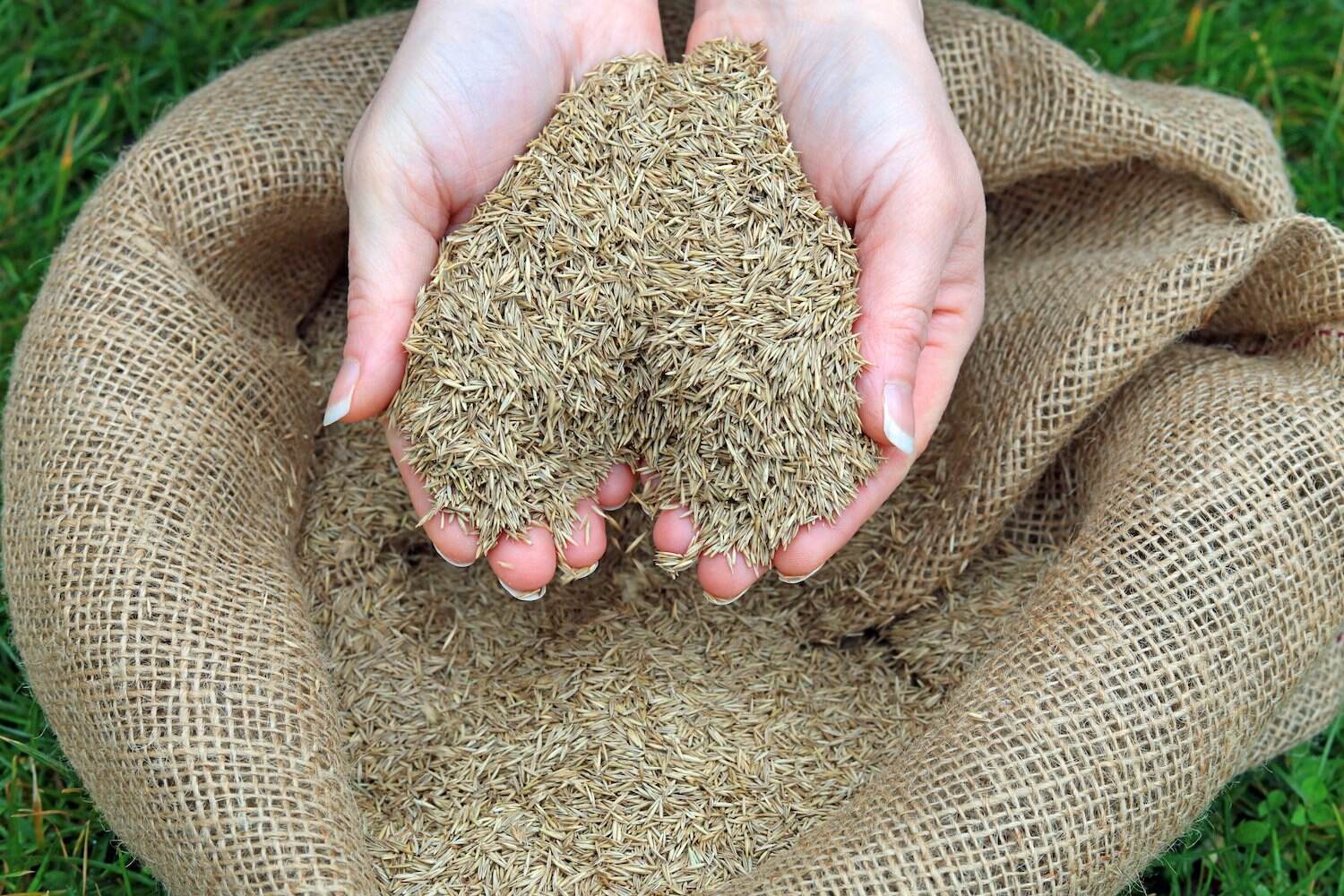
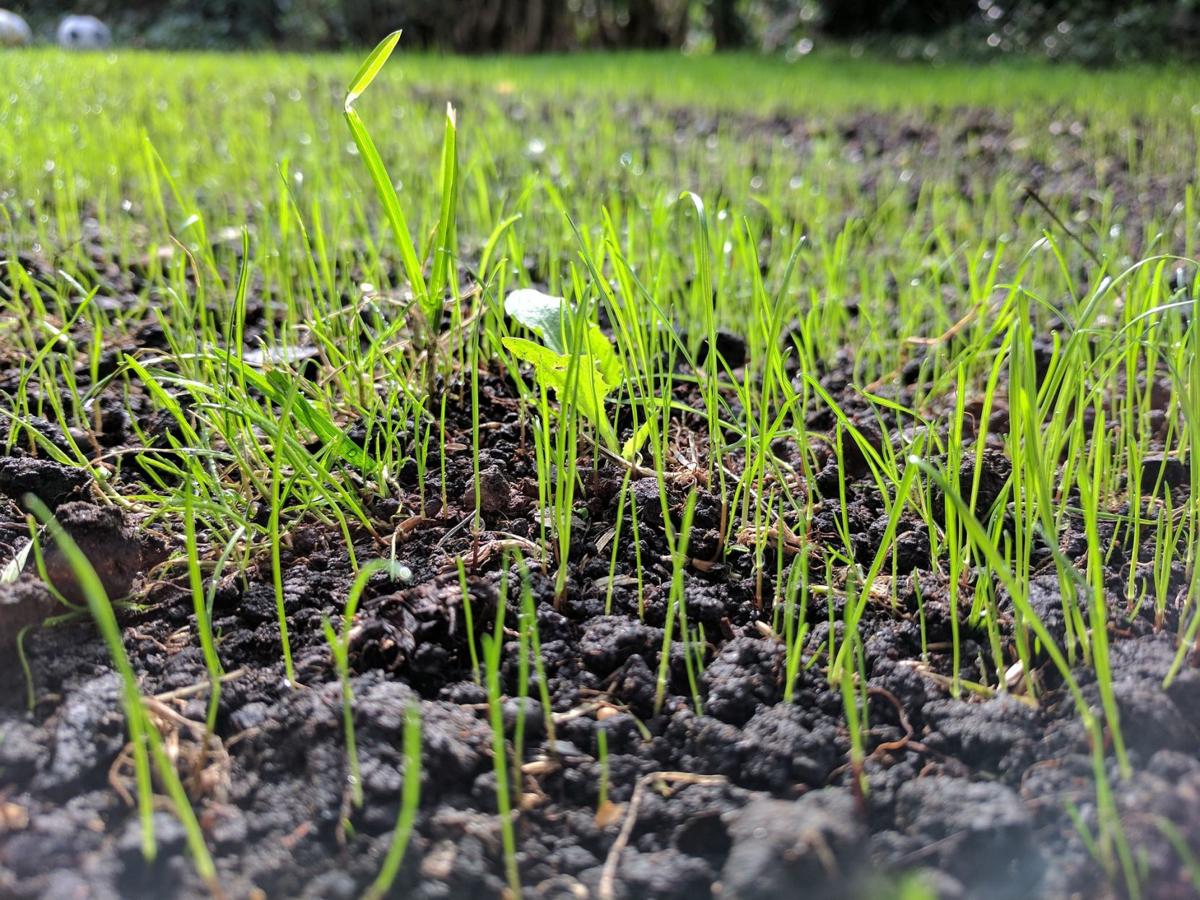
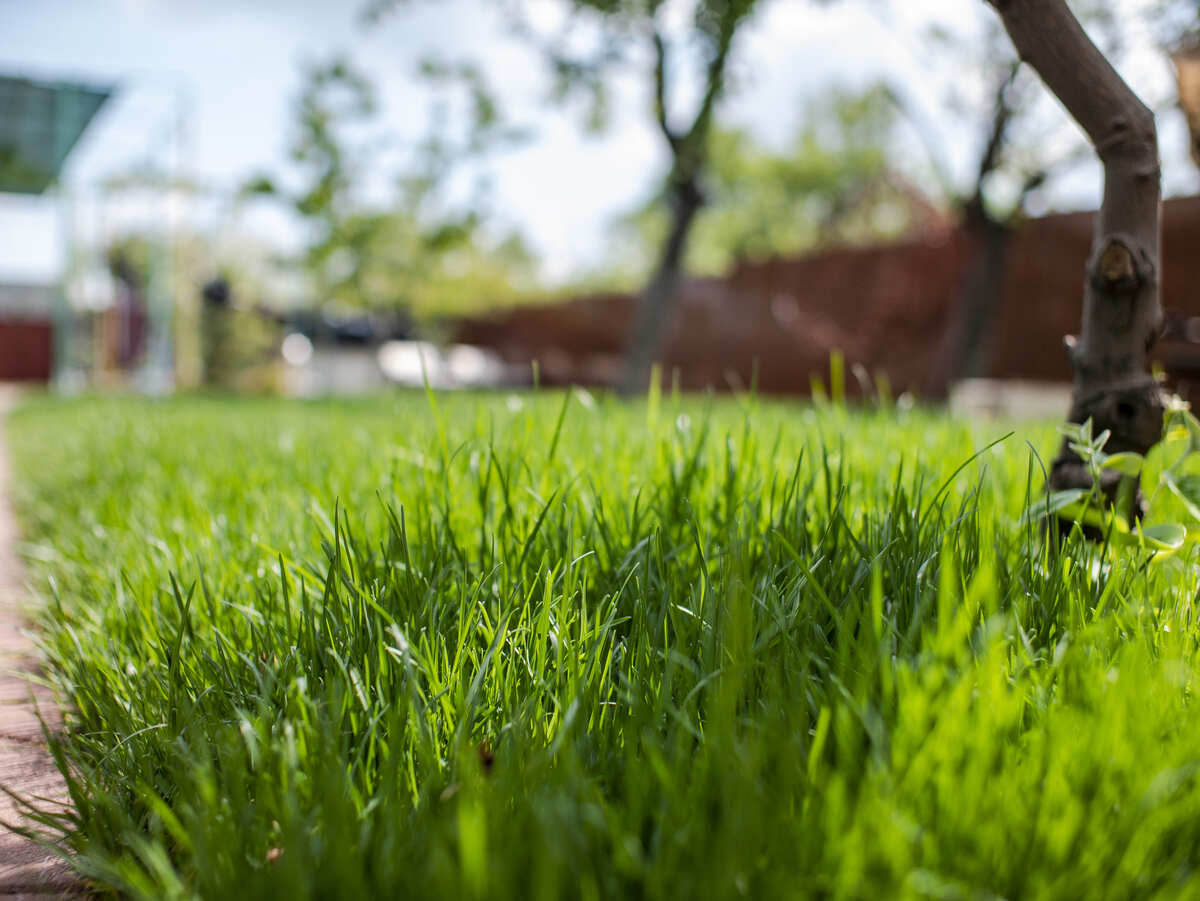
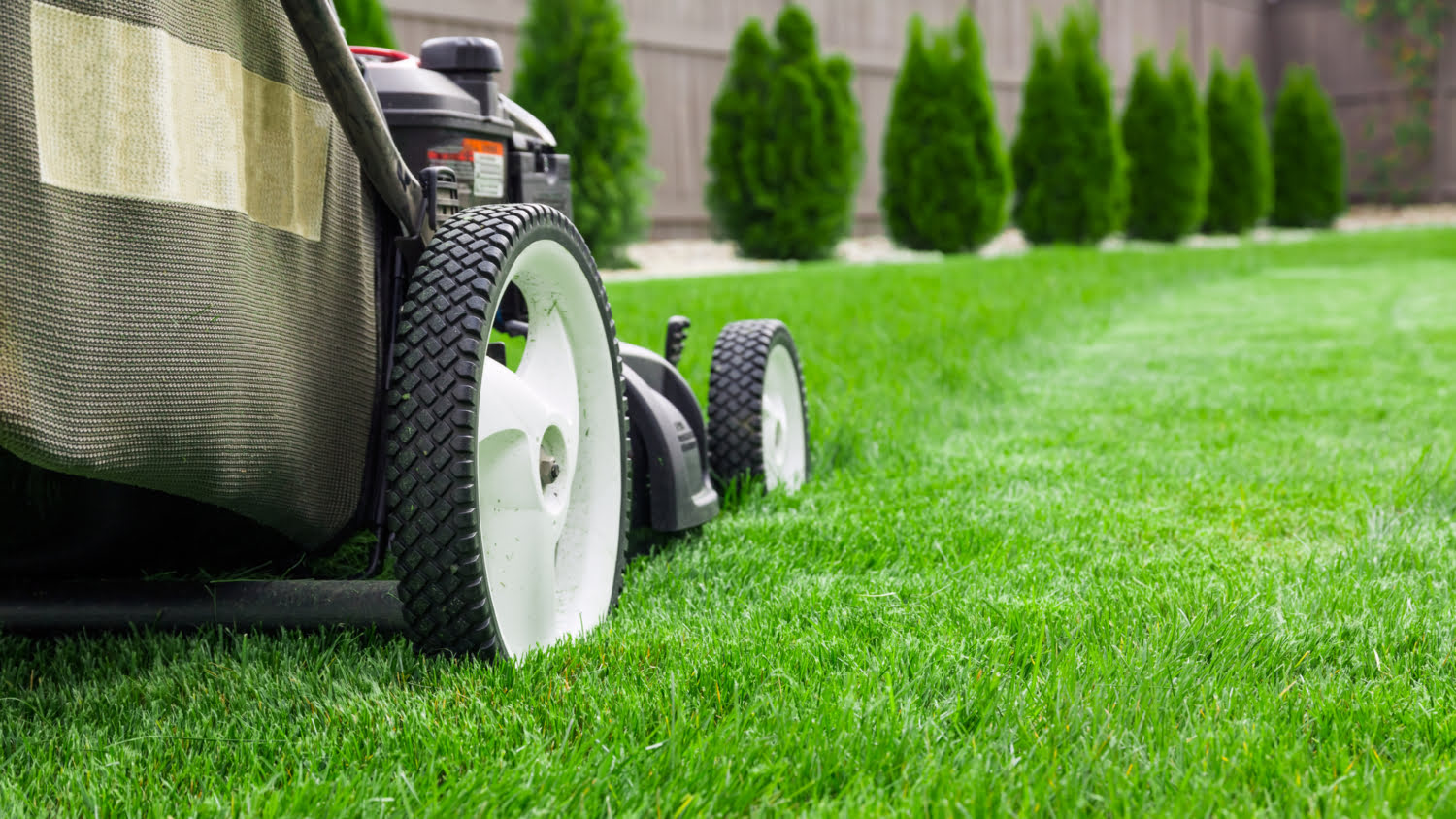


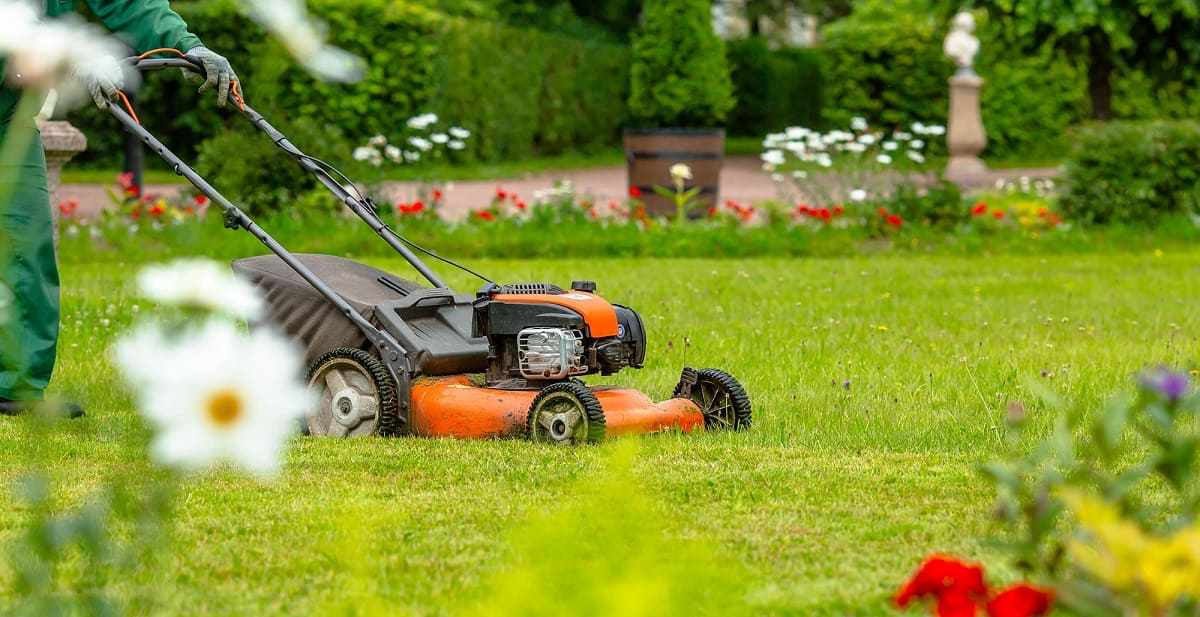







0 thoughts on “When To Plant Grass Seed In Massachusetts Spring”